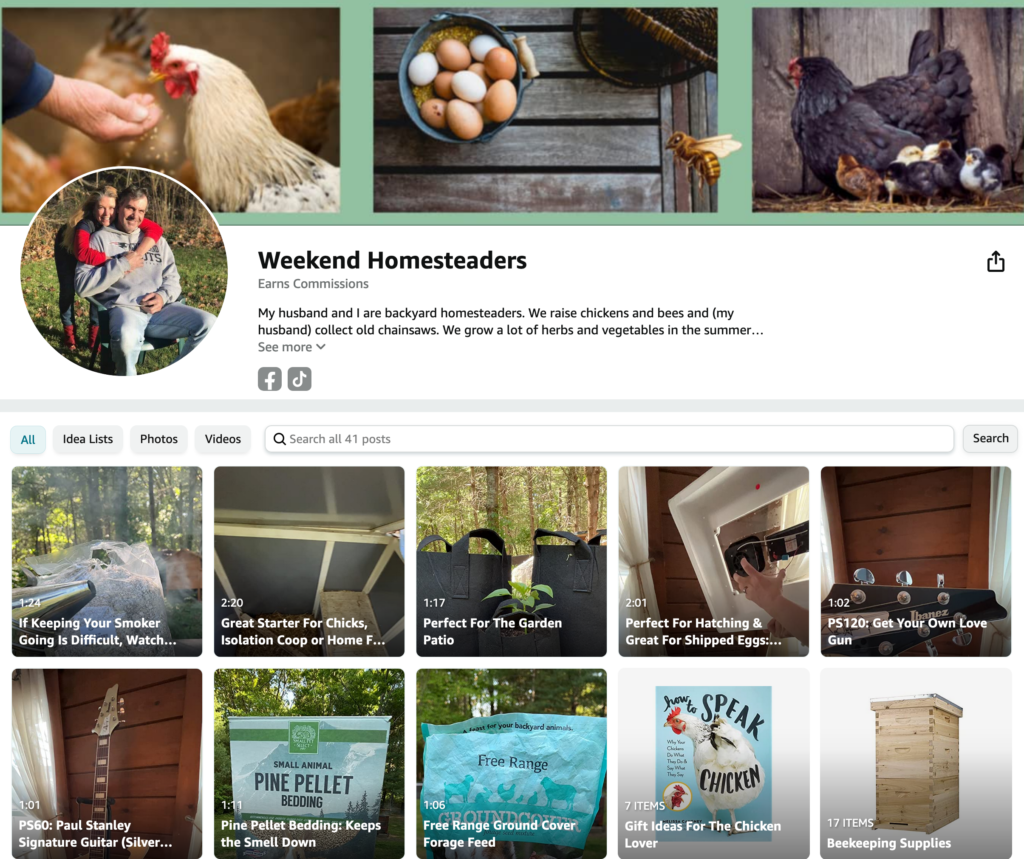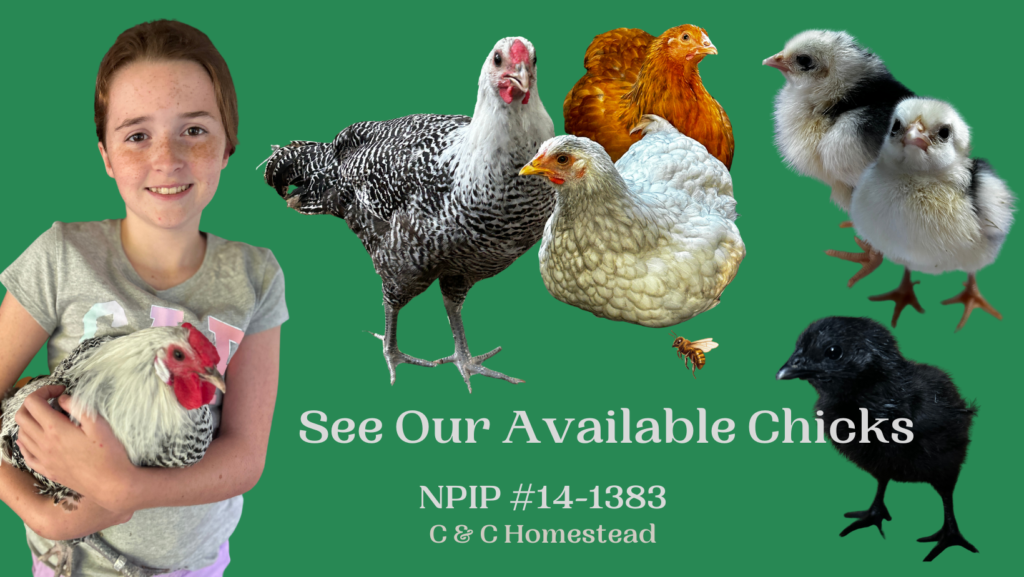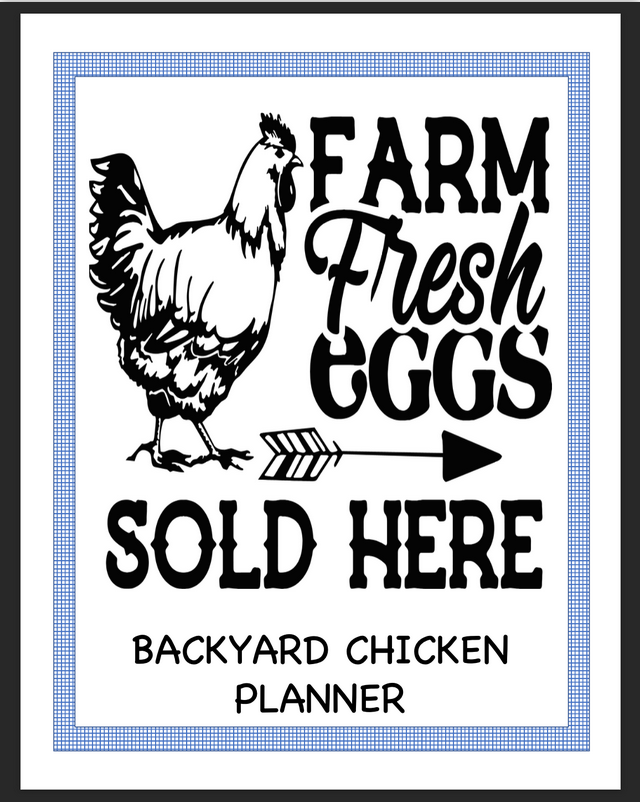Balancing Corporate & Homesteading Lifestyles
Appenzeller Spitzhauben

The Appenzeller Spitzhauben is a distinctive and ancient breed originating from Switzerland, specifically the Appenzell region. The breed's name reflects its origins: "Appenzeller" refers to the region, and "Spitzhauben" means "pointed bonnet," which describes the unique crest of feathers atop their heads. The breed has a long history, dating back to at least the 15th century, and has been traditionally kept in the Swiss Alps.
The Appenzeller Spitzhauben was primarily developed for its hardy nature, adaptability to mountainous terrain, and excellent foraging abilities. These traits made it a valuable breed for Swiss farmers, who relied on these chickens for both egg production and meat. Despite its historical significance, the breed faced decline in the 20th century due to the rise of commercial poultry farming, which favored more prolific layers and meat producers. Efforts by breed enthusiasts and conservationists have helped preserve the Appenzeller Spitzhauben, and it is now recognized and cherished by poultry fanciers worldwide.
Appearance
The Appenzeller Spitzhauben is easily recognizable due to its striking appearance:
- Crest: A distinctive forward-pointing crest of feathers on the head, giving it a "pointed bonnet" look.
- Comb: A V-shaped comb, also known as a "devil's comb" or "horn comb," which is particularly prominent in males.
- Plumage: The breed comes in several color varieties, with the most common being Silver Spangled. Other varieties include Golden Spangled and Black.
- Body: These chickens have a slender, upright body with a graceful and alert posture.
- Legs and Feet: Slate blue legs and feet, which complement their overall appearance.
- Weight:
- Roosters: 4.5 to 5.5 pounds (approximately 2 to 2.5 kg)
- Hens: 3.5 to 4.5 pounds (approximately 1.6 to 2 kg)
Temperament and Behavior
Appenzeller Spitzhaubens are known for their active and spirited nature:
- Activity Level: Highly active and excellent foragers, making them well-suited for free-range environments.
- Flightiness: They can be flighty and prefer to roost in high places, such as trees, if given the opportunity.
- Socialization: They are generally friendly but can be skittish around strangers. Regular handling from a young age can help tame their flightiness.
- Pecking Order: Due to their small size, they can sometimes be lower in the pecking order in mixed flocks. Providing ample space and resources can help minimize conflicts.
Egg Production
Appenzeller Spitzhaubens are decent layers:
- Egg Color: White
- Egg Size: Medium
- Production Rate: They typically lay around 150-200 eggs per year. While they are not the most prolific layers, their eggs are consistent, even in colder weather.
Hardiness and Care
These chickens are hardy and well-adapted to various climates:
- Cold Hardy: Their small combs and wattles make them less prone to frostbite, which is beneficial in colder climates.
- Heat Tolerance: They also tolerate heat well, provided they have access to shade and fresh water.
- Foraging: Excellent foragers, they thrive in environments where they can roam and find their own food. This reduces the need for supplemental feed and keeps them entertained.
Housing and Space Requirements
Given their active nature, Appenzeller Spitzhaubens require ample space:
- Coop Space: Minimum of 4 square feet per bird inside the coop.
- Run Space: At least 10-15 square feet per bird in the run. Higher fences are recommended to contain their flighty nature.
- Roosting: Provide high perches within the coop to cater to their natural roosting preferences.
Health and Maintenance
Appenzeller Spitzhaubens are generally healthy and low-maintenance:
- Common Ailments: Like all chickens, they can be susceptible to parasites such as mites and lice. Regular health checks and proper coop maintenance are essential.
- Diet: A balanced diet with access to fresh greens and insects through foraging helps maintain their health and productivity.
Conclusion
The Appenzeller Spitzhauben is a unique and historical breed with many charming characteristics. Its distinctive appearance, hardy nature, and active foraging behavior make it a fascinating addition to any flock. While they may require more space and attention than some other breeds, the rewards of keeping these spirited birds are well worth the effort.



